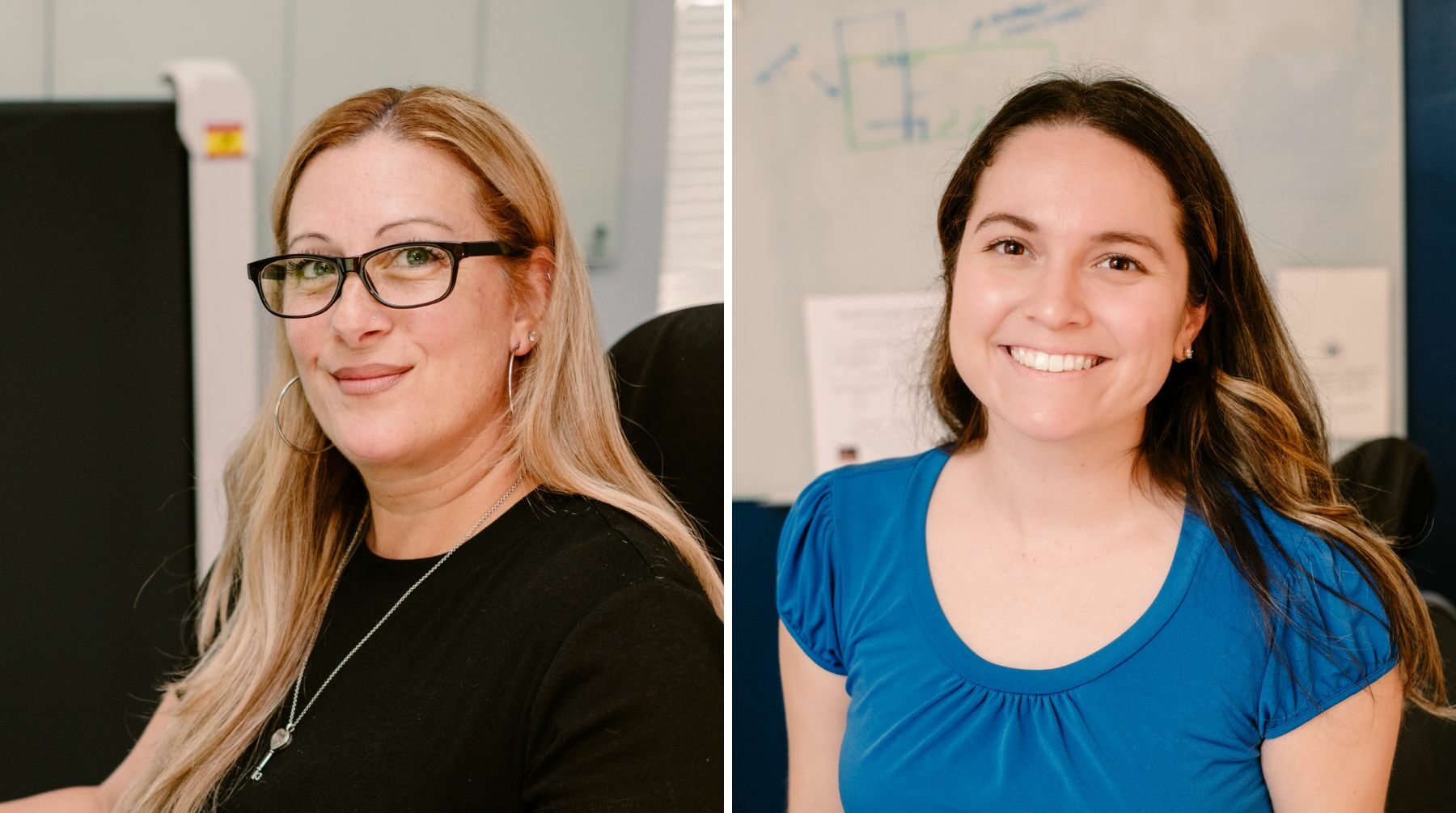Relationships Are a Two-Way Street

May 24, 2018
By Kacie Escobar, MBA, APR
As much as I’d like to believe myself to be the next Paul Rand (designer of IBM, UPS, ABC and other world-famous corporate logos), the truth is my graphic design skills don’t go much further than a customized template in Canva. While this often does the trick, I’m smart enough to know when it’s time to call in the big guns.
It’s not uncommon for agencies like ours to partner with others when client work requires the development of creative assets that can’t always be managed in-house. You might think that working with clients every day has taught me what it takes to be a good customer, but I was grateful today for a refresher. Thanks to Evolve Design Group’s Mark Calvert, CDB Productions’ Vivian Richardson and Macbeth Studio’s Jim Hobart for reminding me how to be a good client during today’s meeting of the FPRA Orlando Area Chapter.
Here’s what our guest speakers had to say:
- Check your expectations. Key to a successful partnership is realistic expectations – not just deep pockets. It can be equally rewarding to work with a small company on a tight budget if their expectations are realistic and they understand the value of services being rendered. Good clients realize the finished product is often more complicated to create than it looks. They also understand that no one works for free.
- Don’t try teaching a cat to fetch. Get a dog. In other words, do your research to ensure the vendor is a good fit for your project. If you don’t already have vendor relationships, Google should be your best friend. Conduct research to find vendors who deliver the service you seek. Review their case studies and portfolios, years of experience and staff size, and narrow down the list based on your priorities. Check references if their client list is public. Only then will you be ready to reach out.
- Know what you want. What does success look like to you? Define what you want to accomplish before reaching out. Develop a project brief summarizing your vision, including the problem or opportunity you face, the audience you aim to reach, your plan to use the deliverables, ideal timeline and budget. Your vendor will then have enough information to provide educated recommendations and guide you in the right direction based on their expertise.
- No one likes being micromanaged. Before you jump in to control the creative process, think about how much time and money your partners have invested into honing their craft, and why you’ve called upon their expertise rather than attempting to do the work on your own. The best clients provide constructive feedback and respect the creative process.
Just like any relationship, the client-vendor relationship is a two-way street. On behalf of Curley & Pynn and our agency colleagues, I hope you’ll keep these insights under consideration next time you’re looking to engage a vendor.




